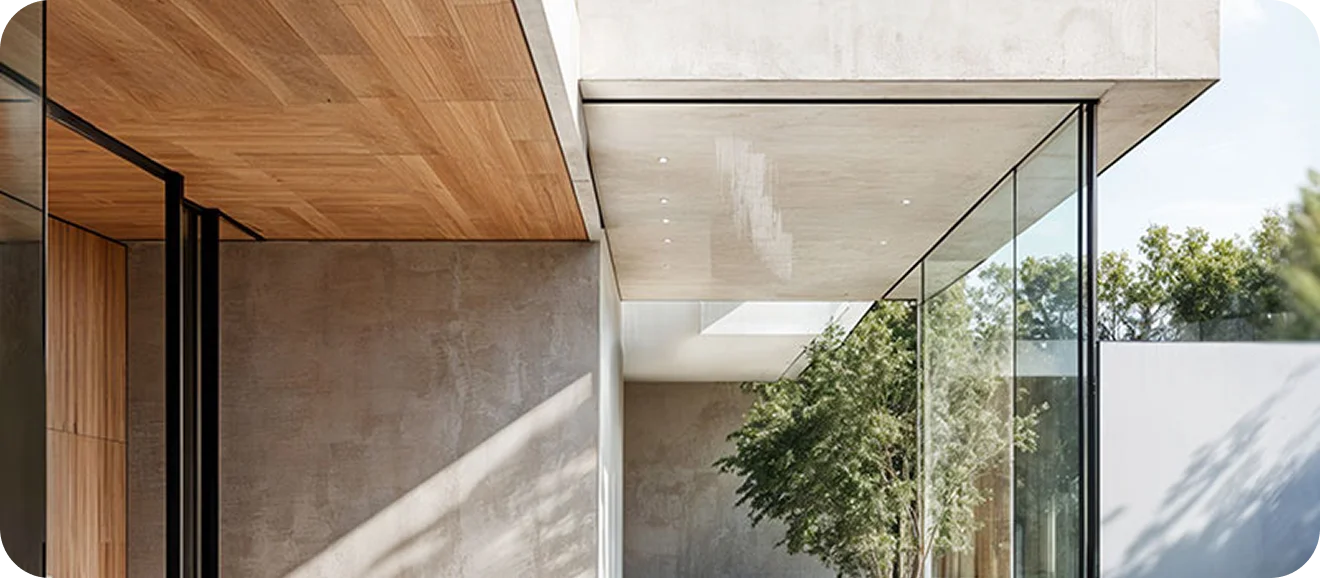When planning your dream home, one of the first questions many people ask is: “Do I need a builder or an architect?” Understanding the difference between these roles—and how they work together—can save you time, money, and stress during your home-building journey.
At SMG Construction, we’re here to make the process clear. Let’s break down building designer vs architect, explain what does a builder do compared to what does a architect do, and help you decide which professional is best for your project.
What Does a Builder Do?
A builder is the professional responsible for physically constructing your home. Their role includes:
- Managing trades and contractors on-site.
- Organising materials, equipment, and labour.
- Ensuring the home is built according to approved plans and building codes.
- Overseeing timelines, budgets, and quality control.
In short, builders turn ideas and drawings into reality. At SMG Construction, our team of expert Perth homes builders has years of experience delivering high-quality homes that meet both lifestyle needs and long-term value expectations.
What Does a Architect Do?
An architect is a design professional who focuses on the creative and functional aspects of your home. Their responsibilities often include:
- Creating concept designs and detailed floor plans.
- Considering aesthetics, layout, and flow of spaces.
- Ensuring designs comply with local planning and building regulations.
- Offering innovative solutions for light, space, and sustainability.
If you’re looking for unique, highly detailed design solutions, an architect can bring creative flair to your project. However, not all projects require an architect—many homeowners choose a building designer vs architect depending on the level of customisation and budget.
Building Designer vs Architect: What’s the Difference?
While both building designers and architects focus on design, there are some key differences:
- Architects complete university-level qualifications, are registered professionals, and can handle highly complex, bespoke designs.
- Building designers often hold diploma-level qualifications and typically specialise in practical, functional, and budget-conscious designs.
For many projects in Perth, a building designer working alongside experienced house builders Perth WA is more than enough to achieve an outstanding result.
Do You Need Both?
The best outcomes often happen when both roles work together. An architect (or building designer) creates the vision, while the builder makes it a reality. By collaborating early, your project runs smoothly, costs are managed effectively, and the end result meets your expectations.
At SMG Construction, we regularly work with both designers and architects to deliver exceptional homes tailored to our clients’ needs.
Why Choose SMG Construction?
As leading Perth homes builders, SMG Construction brings a wealth of expertise to every project. Whether you’re working with an architect on a bespoke home or prefer a building designer for a cost-effective solution, we ensure the design translates perfectly into a high-quality build.
We pride ourselves on being trusted house builders in Perth WA, offering transparency, craftsmanship, and a commitment to bringing your vision to life.
Final Thoughts
When it comes to creating your dream home, understanding the difference between a builder vs architect is crucial. Architects and building designers bring creativity and compliance, while builders bring structure, materials, and execution. Together, they form the perfect team.
If you’re ready to start building, contact SMG Construction today—your trusted partner in Perth for outstanding homes built to last.
The Importance of a Well-Designed Entryway
The entryway is the first impression of your home. A thoughtfully planned home entryway design sets the tone for the entire space, blending style and functionality. A well-designed entryway is more than just a passage—it’s an opportunity to showcase personality,
The Psychology of Colour in Home Design
When it comes to home design, colour does more than just fill a room—it shapes mood, atmosphere, and even behaviour. The psychology of colour plays a critical role in how we experience a space, which is why homeowners and designers
The Role of Lighting in Home Design
Lighting is more than just a practical necessity—it’s a vital component of home design that affects mood, functionality, and aesthetics. The role of lighting in home design extends beyond brightening a space; it shapes how rooms are perceived, highlights architectural













